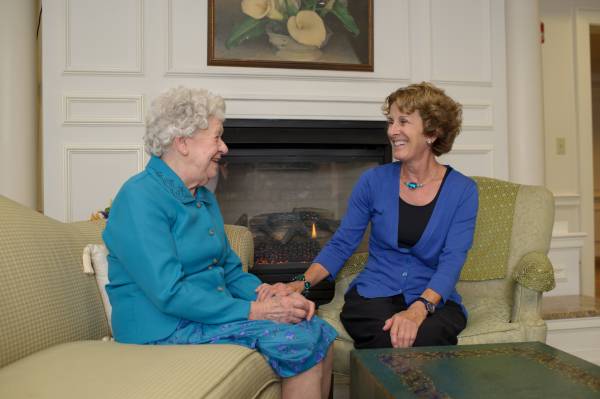 Assisted living is still the new kid on the block having only emerged in the 1990s. This relatively new market has been afflicted with a number of misnomers and misconceptions about its core services. It is useful, therefore to put some perspective on what you can expect from assisted living communities, and these five (5) facts may just surprise you:
Assisted living is still the new kid on the block having only emerged in the 1990s. This relatively new market has been afflicted with a number of misnomers and misconceptions about its core services. It is useful, therefore to put some perspective on what you can expect from assisted living communities, and these five (5) facts may just surprise you:
1. Assisted Living has Two Major Divisions that Affects “Aging in Place”
Assisted living facilities offer a variety of senior care services. However, in order to narrow assisted living facilities to their core services the Census Bureau assigned two main divisions: 1) continuing care retirement communities with on-site skilled nursing care and 2) homes for the elderly without on-site nursing care.
This key distinction in nursing care seriously impacts the term “aging in place,” casually applied to all assisted living faciliites, and is INCORRECT. Only some assisted living faciliites, depending on the state and category can provide senior care services after a resident becomes critically ill.
2. Funding for Assisted Living Communities
Assisted Living communities often provide discounts and special funding for Vets and their spouses, while others with private insurance may benefit from special policy packages.
Surprisingly, there are approximately 115,000 individuals living in assisted living communities who receive Medicaid payments to cover the costs for their services. A growing number of states are offering Medicaid dollars to individuals in assisted living communities to make retirement more affordable.
3. Lavish Styles to Basic Room and Board
If you pictured assisted living communities to be either lavish-styled townhouses or just a step away from a nursing facility you are correct on either one. Because Baby Boomers represent 70% of US financial assets, “what Baby Boomers want, Baby Boomers get,” and they request retirement facilities that look more like home-styled ranches. Many assisted living communities are going upscale offering pools, fitness centers, bistros, beauty salons and more.
4. Who Makes up the Typical Resident
Although those in assisted living communities may need assistance, residents often are choosing to move into these communities for the social aspects. Several assisted living homes have ammenities and events hosted weekly for residents to participate in. There are day trips as well as events hosted on site. The idea of an "old people home" is not the typical atmoshpere in assisted living communities.
5. Short Term and Long-term Care
The industry model for assisted living communities is for long-term care; however this description hinges on the health status of the resident. Communities differ in the type of care they provide, but there are options for short and long term rehab facilities, as well as different options for assisted and independent living depending on the health of the individual.
Key Takeaways:
- Two main divisions of assisted living communities are: 1) continuing care retirement communities with on-site nursing facilities and 2) homes for the elderly, in which on-site healthcare services are not provided; this distinction affects the term “aging in place.”
- Surprisingly, there are approximately 115,000 individuals living in assisted living communities who receive Medicaid payments to cover the costs of on-site services.
- There are both long term and short term options available for assisted living communities.
Learn More
If yourself or a loved one is interested in assisted living options please visit our website www.umh.org to learn more, or contact us. We would love to further assist you with your needs.

